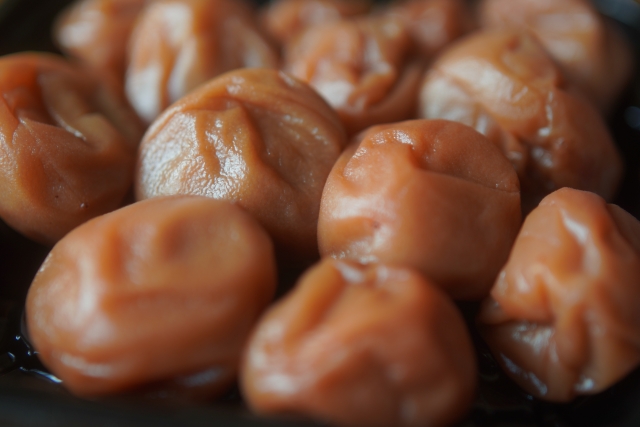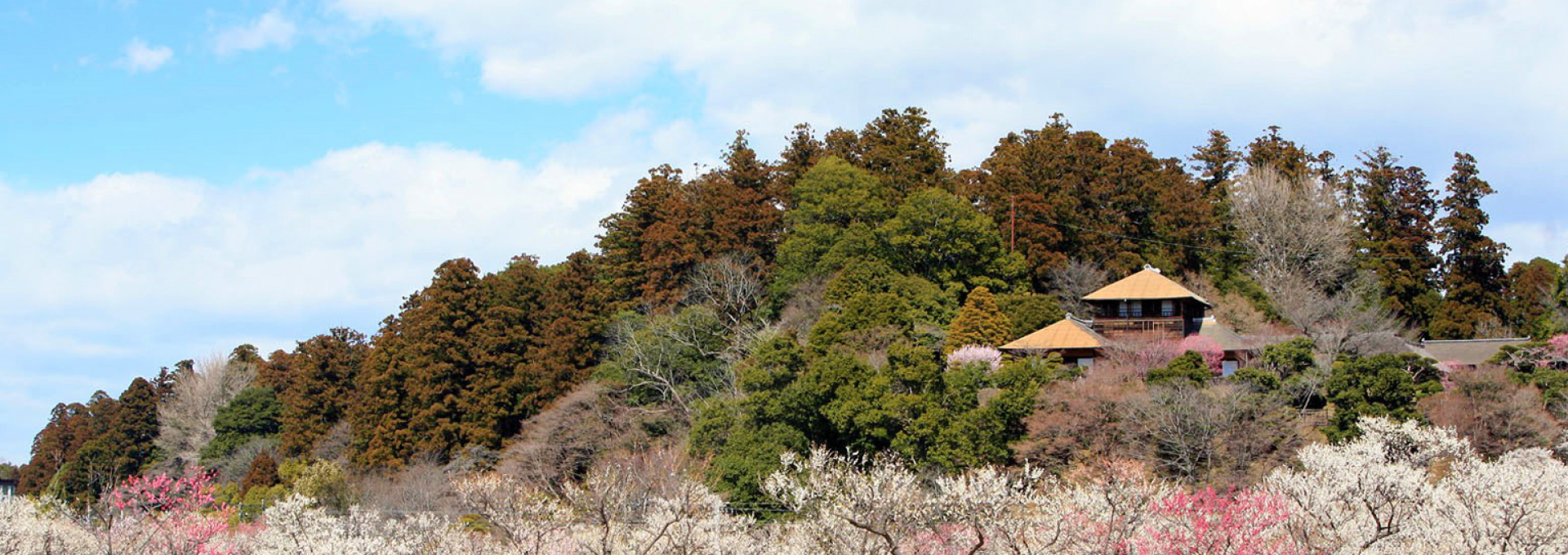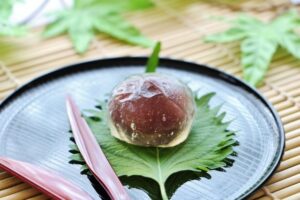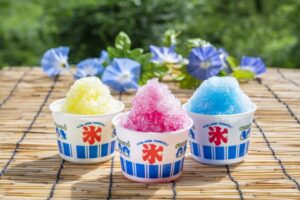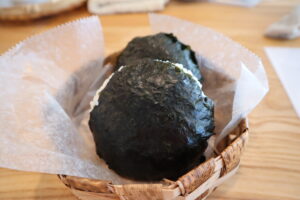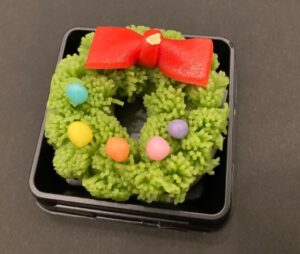When I see Umeboshi, my mouth starts to water.
Umeboshi is a Japanese pickled plum that is sour and salty.It is one of Japan’s representatives picked foods which are called “tsukemono”.Some people dislike sourness, but I love this taste.
Umeboshi is a popular ingredient for a Japanese rice ball, called “onigiri”.It goes perfectly with Japanese rice.Umeboshi onigiri are often made at home because the sourness helps to prevent the rice from spoiling.
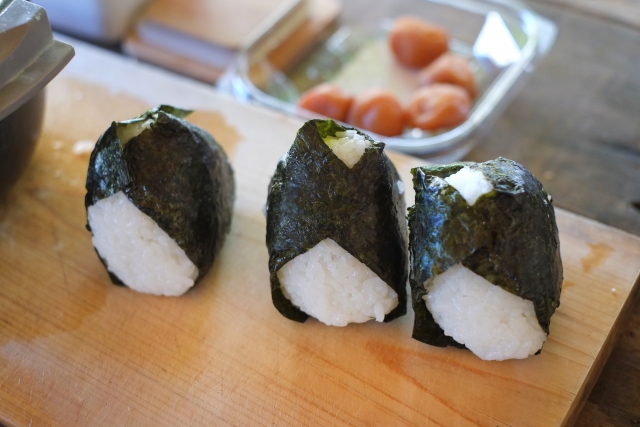
Here are some dishes that use umeboshi.
Umeboshi contains a seed, but it is removed and the flesh is pounded for use.Here are some dishes that use umeboshi.
・Cucumber with umeboshi
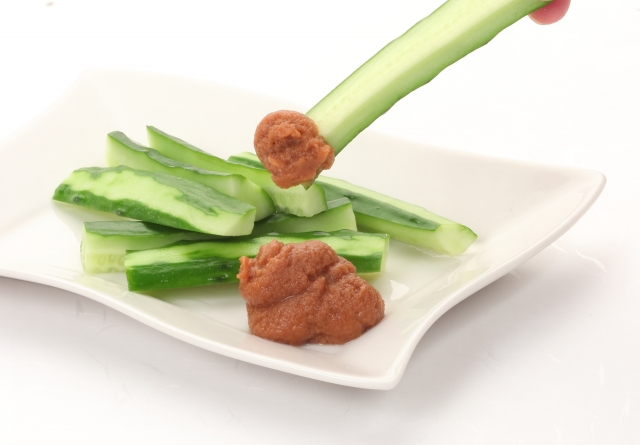
・Tofu with umeboshi
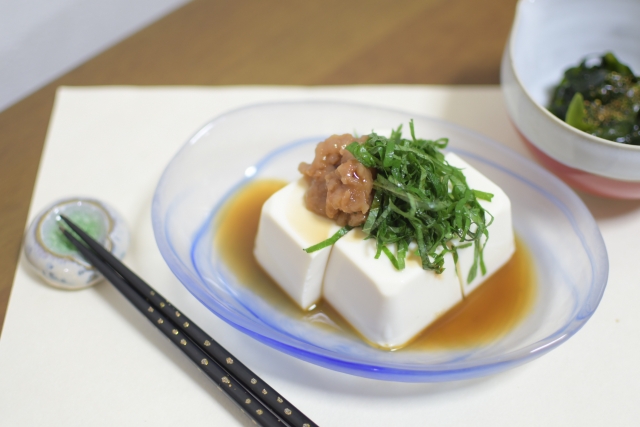
・Umeboshi spaghetti
・Chicken sauté with umeboshi
・Simmered sardines with umeboshi
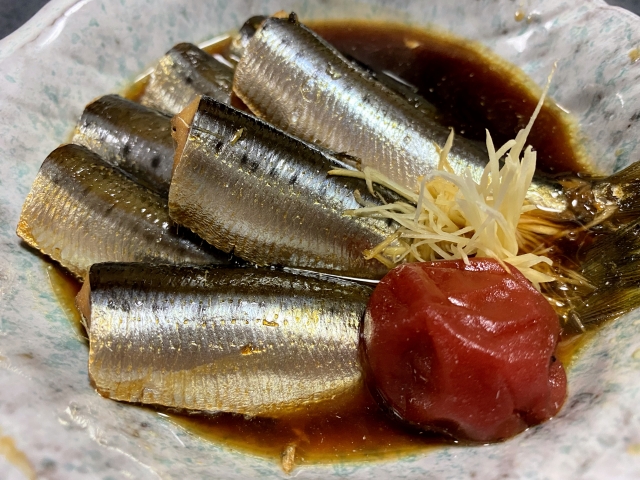
・Umeboshi chazuke, (a dish where umeboshi is placed on top of rice and hot tea is poured over it)

In the countryside, elderly people make themselves umeboshi, however, city people don’t make it. Which is why every supermarket is selling umeboshi. A 200-gram costs 500 yen. It’s not so expensive, so every Japanese family can afford it.
Ume and Japanese people
The reason why umeboshi is considered to be typically Japanese is because of its red color. Placing an umeboshi in the center of white rice is reminiscent of the Japanese flag, and for that reason, it is called “hinomaru bento” (the Japanese flag lunchbox).
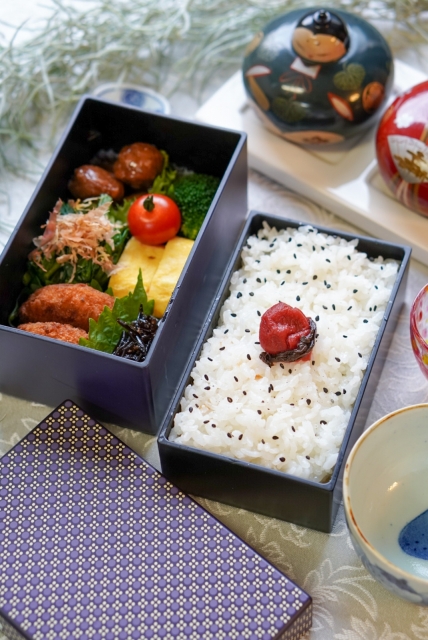
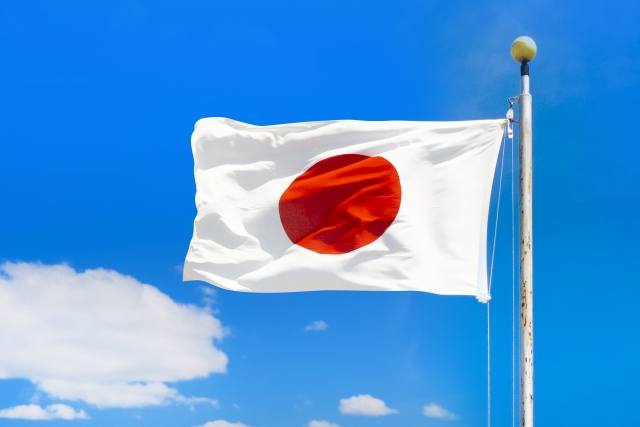
Ume blossoms hold a special significance for Japanese people. When the blossoms bloom around February, it signals the end of winter and the coming of spring, filling peoples’ hearts with joy.
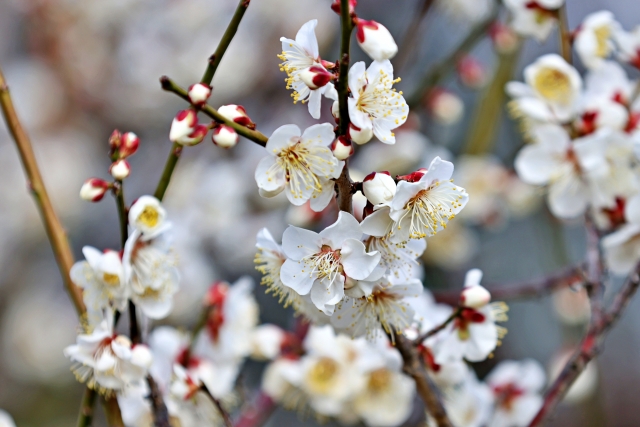
The cute ume blossoms have been used in paintings and as patterns on clothing called “Kimono” since ancient times.


Then in June, the ume tree bears fruits, which are used to make umeboshi. Ume have been highly valued in Japan not only as a decorative plant, but also as a food source.
For example, during the Edo period, Tokugawa Nariaki, the feudal lord of Mito, created ume park. It is said that he chose ume for its beauty as well as its potential as a source of food.Today, the park still exists as Kairakuen and visitors can stroll around the park. It is one of the recommended places to visit in Japan.
The recipe for making umeboshi.
By the way, making umeboshi takes time and effort.Here is the recipe for making umeboshi.
In June, harvest the plums and prepare red perilla leaves (Akashiso)as well.
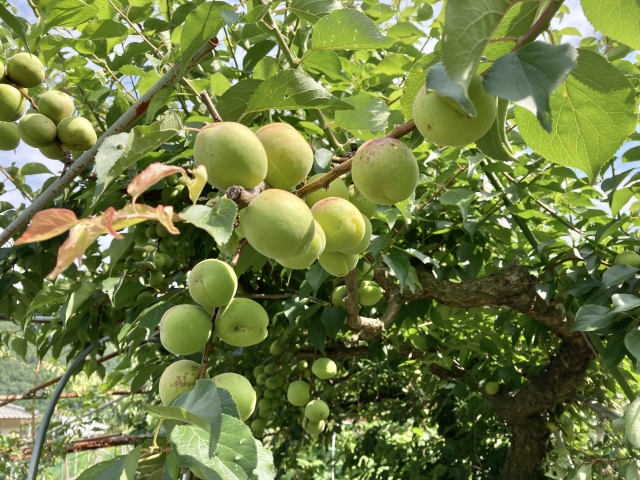
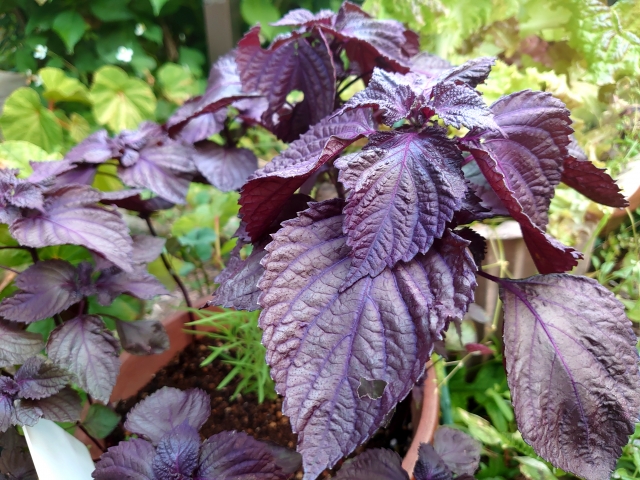
Here are the recipe measurements.
yellow ripe plums … 3㎏
salt(for plums) … 540g(18% of plums)
red perilla leaves … 300~600g(10-20% of plums)
salt(for perilla leaves) …17~18%of perilla leaves
(Reference: 白ごはん.com)
- Prepare a large gallon-crock and weight
- Wash Plums carefully. Rub perilla leaves with salt for them using your hands
- Put a little salt in a gallon-crock, then spread out some plums on top. Sprinkle with more salt, and repeat this process.
- After a while, moisture will start to come out from the umeboshi. Leave it as it is for 1-2 weeks.
- Use a large strainer(basket)and dry the plum under the sun. Make sure to dry them on a sunny day to avoid them from getting wet in rain.

After that, your Umeboshi is ready. But you might find it a bit salty so you have to put it back into the container and let it sit for another 1-2 months.That way, it will absorb much flavor and will be less salty.
In Autumn, your Umeboshi is ready!
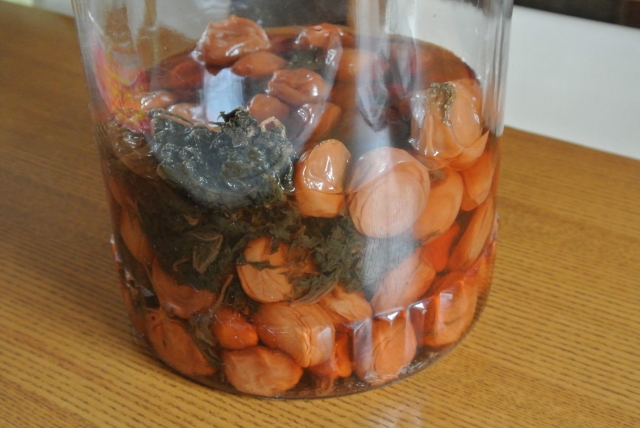
To be continued.

